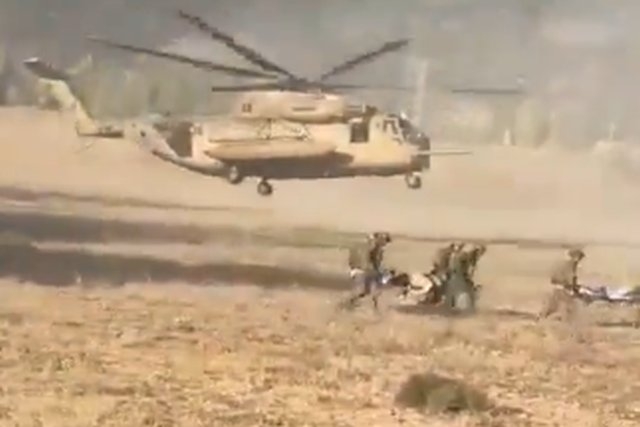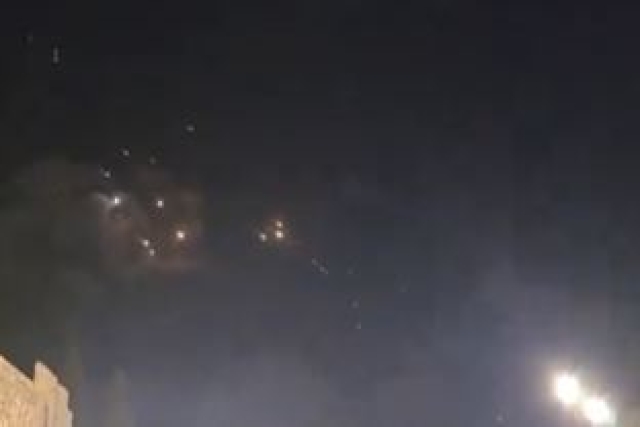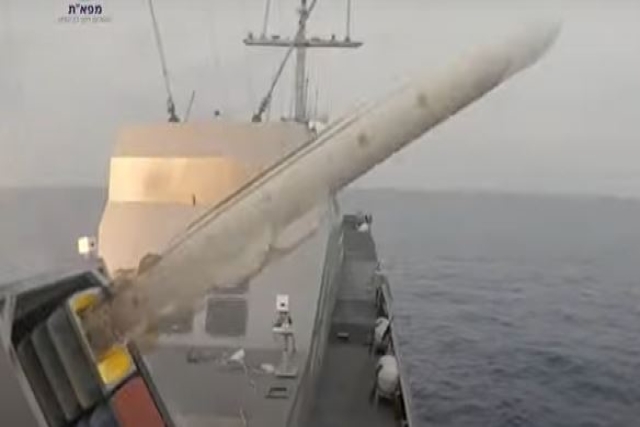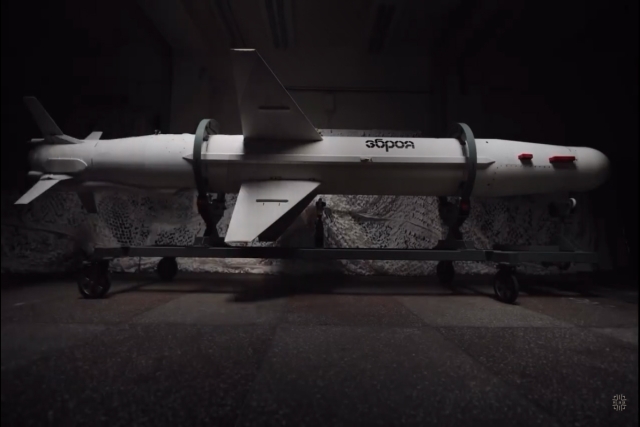Israel Strikes Near Russian Air Base in Syria Amid Broader Regional Bombing Campaign
Israel's Syria strikes target Iranian influence and military buildup.
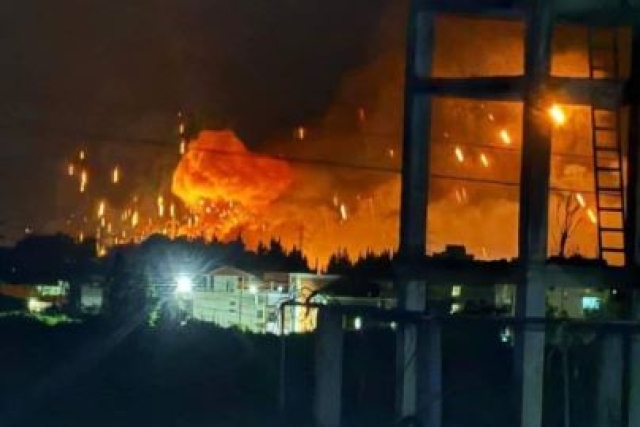
Israeli forces have launched a series of airstrikes on multiple targets along the Syrian coast, including areas near Russia's Hmeimim Airbase in western Syria, according to reports.
Syrian and Russian air defense systems were reportedly activated to intercept the incoming projectiles, but the strikes still landed in the vicinity of the city of Jableh, causing extensive damage. It remains unclear if any specific installations were directly targeted, though sources have speculated about a possible attack on a Russian ammunition depot.
Syrian media reported that Israel bombed Russia's Hmeimim Airbase in Syria an hour after an Iranian "Qeshm" Airlines plane had landed. The attack targeted military sites in Latakia province, including a warehouse inside Hmeimim Airbase, but did not damage runways or control towers at Hmeimim or Latakia's civilian airport. The bombardment, from 3:55 to 4:41 AM, reportedly involved thirty missiles launched from naval ships. Afterward, a Russian air patrol was seen over Latakia, surveying the area.
Unconfirmed reports suggest that the Hmeimim Airbase was targeted due to its alleged recent use by the IRGC Quds Force to send weapons to Syria for delivery to Hezbollah.
The Islamic Resistance Telegram channel reported that Syrian air defense systems "actively confronted enemy targets in Latakia, Jableh, and Tartus" for over 40 minutes. The channel claimed that several shells were intercepted near Hmeimim, the location of a Russian air base. It further stated that more than 50 shells were shot down "with the support of the Russian military."
This latest escalation is part of a broader campaign by Israel, with airstrikes now reported in Syria, Lebanon, and Gaza. Israeli jets are said to be carrying out these coordinated strikes across the region, intensifying a conflict that has persisted despite recent attempts at de-escalation.
In late September, a similar incident reportedly occurred when Russian forces intercepted and shot down 13 Israeli missiles during an attempted airstrike on Tartus, a coastal city of strategic importance to Russia due to the presence of a naval logistics base. Traditionally, Russia has refrained from using its sophisticated air defense systems to actively intercept Israeli, Turkish, or Western missile attacks. However, the high value of military assets in and around Tartus has led to increased intervention by Russian air defenses in recent months.
Israel’s military actions in Syria are primarily driven by its desire to reduce the influence of Iranian-backed militias and to limit the military buildup facilitated by Iran within Syrian territory. By targeting bases and arms depots controlled by these factions, Israel aims to sever supply chains and disrupt the flow of advanced weaponry to Hezbollah and other allied groups operating in the region.
Russia’s Hmeimim Airbase hosts an array of air defense systems, including the long-range S-400 and S-300V4, as well as the medium-range Buk-M2 and short-range Pantsir-S systems. These assets, in combination with electronic warfare capabilities, make Hmeimim one of the most well-fortified military installations in Syria. Historically, Pantsir-S systems have been employed to counter attacks by Islamist militant groups, which have often been equipped through support from Turkey, Israel, and several Western nations.
Although these insurgent groups have typically faced attacks using subsonic cruise missiles, Russia’s S-400 and S-300V4 systems are reportedly capable of intercepting even hypersonic targets traveling at speeds exceeding Mach 8. Depending on the type of missile used, these systems can engage targets up to a range of 400 kilometers, potentially covering Israeli airspace.
While Russia's air defense systems have yet to kinetically engage Israeli, Turkish, or Western aircraft and missiles in Syrian airspace, they have provided targeting data to Syrian forces, thereby enhancing Syrian air defense operations. Should the S-400 or S-300V4 systems directly intercept Israeli missiles, it would mark a significant development, representing their first kinetic use against Israeli attacks in Syria. Such action could also greatly enhance the effectiveness of Syrian air defenses, which have struggled to deal with Israeli airstrikes independently.
Russia’s air defense systems are central to its operations in Syria, particularly due to the relatively small size of its combat aircraft fleet in the region compared to larger forces operated by Israel, Turkey, and other Western countries. While Russian fighter jets such as the Su-34 and Su-35 have conducted intercept missions, including notable instances in 2019 when Su-35s intercepted Israeli jets to prevent attacks on Syrian targets, the broader Russian strategy has relied heavily on its layered air defense network.
The operational integration between Russian and Syrian forces has also been bolstered through the provision of Buk-M2 medium-range air defense systems, which have improved the ability of Syrian forces to effectively coordinate defensive actions.

